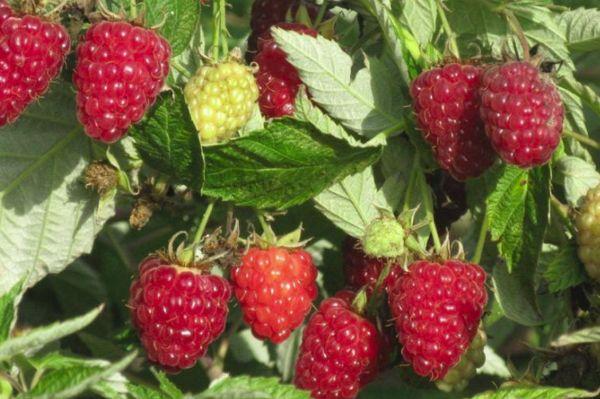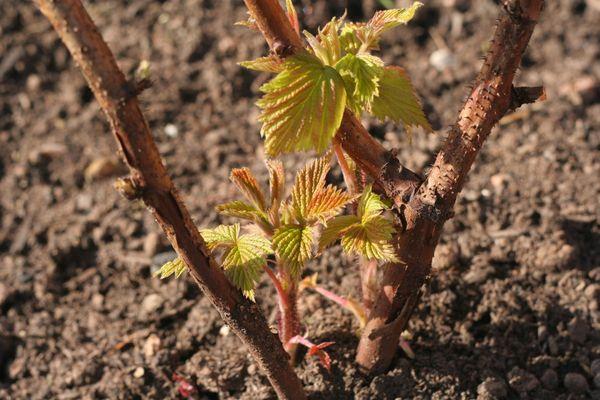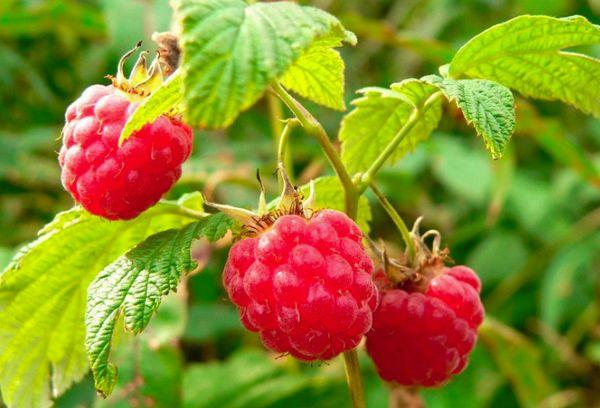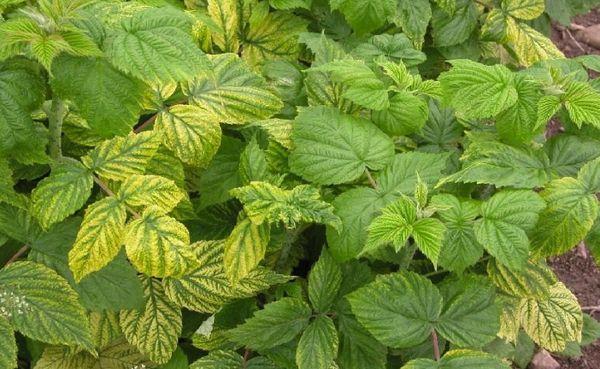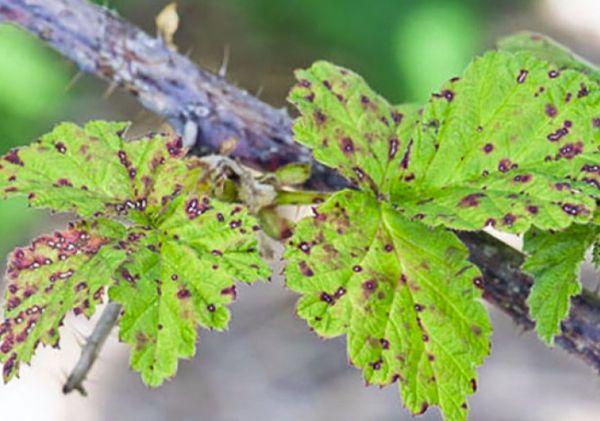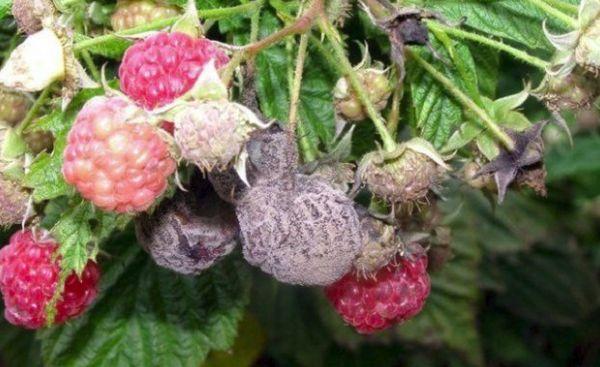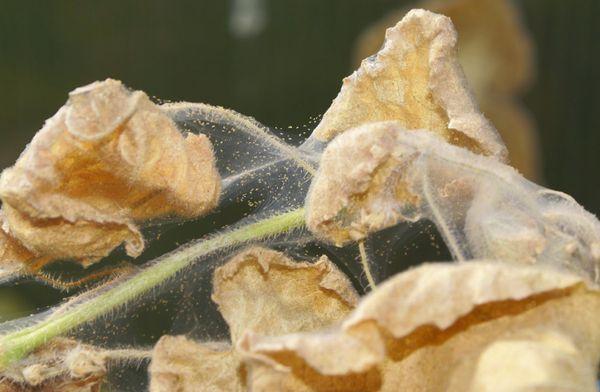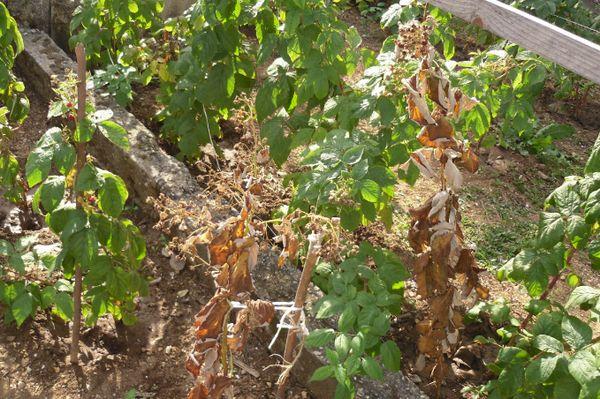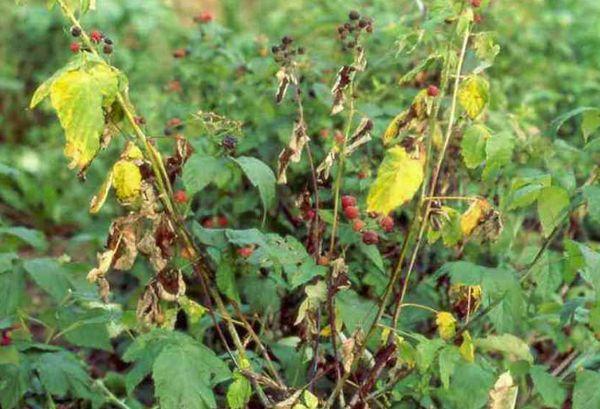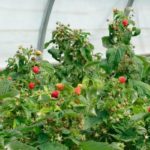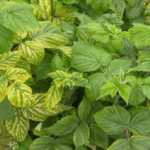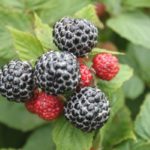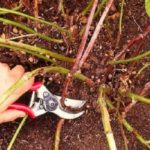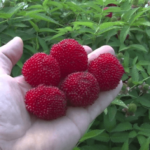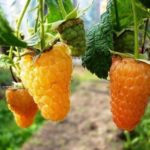All their free time, summer residents feed, weed, water plants, loosen the soil and look forward to the harvest of fruits and vegetables. Gardeners rejoice at the appearance of ovaries on the bushes and the formation of fruits, but after a while they notice that the raspberries dry out along with the berries; why this happens is difficult to immediately understand. By drying out the foliage and fruits, the plant reacts to a lack of light or moisture, but if this is not the problem, the cause of the phenomenon is even more difficult to determine.
- In what season are raspberry bushes most susceptible to wilting and drying out?
- Common causes and symptoms of drying raspberry bushes
- Bad weather
- Improper care
- Diseases
- Chlorosis
- Anthracnose
- Pests
- Physical damage to roots
- What to do: rescue operations plan
- If the leaves turn yellow
- If the leaves dry out and curl during fruiting
- If the stems dry out
- If the raspberries dry out on the site along with the berries
- If the branches dry
- How to protect and cure raspberries from diseases and pests
In what season are raspberry bushes most susceptible to wilting and drying out?
Stem dieback syndrome is more common in midsummer. The shoots and leaves begin to dry when the branches have already begun to bear berries. Raspberries love the sun, but they grow quickly, the plantings thicken, it becomes more difficult for the bushes to get nutrients, and some of them dry out, while others continue to develop.
The culture is demanding of nitrogen. If mineral fertilizers have not been applied to the soil since spring, by summer the reserves of the substance decrease, the raspberries stop growing, begin to wither, and the ovary crumbles. On sandy soil, nutrient salts do not stay long and are washed away by water.
Common causes and symptoms of drying raspberry bushes
Various natural factors contribute to the death of stems. The young shoot cracks when pest larvae penetrate inside. The berries may dry out if the plant is affected by a viral infection.
Bad weather
Raspberry leaves turn yellow in extreme heat when there is not enough moisture. If the shrub is planted in a lowland, after prolonged rains and heavy downpours, groundwater rises to the surface, which is fraught with rotting of the roots and withering of the shoots. Wet weather promotes the activation of fungi, which cause various diseases.
Improper care
The shrub grows quickly, takes root, and produces suckers and new shoots.If you do not remove excess growth or thin out the plantings, the raspberries turn yellow and dry out, because they lack both sun and nutrients.
The bushes need to be watered properly, the soil must be moist, but the crop does not tolerate stagnant water. The branches dry out and the berries fall off due to a lack of nutritional components if the plant is planted in depleted soil and fertilizers are not applied.
Diseases
With improper care in combination with unfavorable weather conditions, raspberries become vulnerable to viral infection and are affected by curling and mosaic.
With excess humidity and thickening of plantings, fungi multiply, which causes the occurrence of:
- anthracnose;
- gray rot;
- powdery mildew;
- ulcerative spotting.
During the ripening period, raspberries dry out due to verticillium. Although the disease occurs after a cool spring, the appearance of the first symptoms is associated with the onset of heat. The lower leaves of black-fruited varieties fade in June, then turn yellow throughout the bush and wither, purple stripes appear on the shoots.
Red raspberries are affected by the fungus that causes verticillium a month later - in July. Signs of the disease are less pronounced than in black-fruited varieties, but the berries on the bushes ripen unevenly, become tasteless and often dry out.
In damp weather and high humidity, rust appears. The leaves and stems of the bush become covered with ulcers, turn yellow and dry out. Productivity with this disease drops by 30%. The mycelium of the fungus is directed into the tissue. Young animals especially suffer from it. The shoots seem to begin to rust, break and dry out. Raspberries dry out and die from stem and bacterial cancer.
The edges of the leaves curl and the ends dry out during fruiting when infected with yellow mosaic. The disease makes itself felt in May and early August.
Chlorosis
The virus, which multiplies in plant cells, is carried by aphids and mites and causes a disease that is almost impossible to cure. In infected bushes, already in May, the leaves along the veins change color, then spots appear. The shoots of infected raspberries become thin and begin to dry out before they have time to ripen. Physiological chlorosis occurs in damp and cold weather, with a deficiency of microelements in the form of:
- gland;
- boron;
- nitrogen;
- manganese
Not all summer residents know what to do with drying bushes. Plants need to be dug up and burned. Spring treatment of raspberries with Nitrafen, which kills the insects that carry it, helps prevent the spread of infection. It is necessary to fight aphids without waiting for flowering; the bush is sprayed with a solution of methyl mercaptophos.
Anthracnose
If the air humidity reaches 90%, the temperature exceeds 22 ° C, the fungus Colletotrichum orbiculare is activated, which causes anthracnose. The pathogen is transmitted by insects, carried with contaminated tools, seeds:
- First, a brown spot appears on the leaf, it increases in size and spreads.
- Stripes appear on young stems, and in their place dark purple rings form.
- Shoots crack in drought and rot in rain and wet weather.
If anthracnose develops during fruiting, the berries dry out. The infection must be combated comprehensively. It is necessary to trim and burn infected shoots, dig up the ground under the bushes, and thin out the plantings. Not all summer residents know how to process raspberries to prevent anthracnose.
To prevent the activation of fungi, shrubs are sprayed with solutions of copper oxychloride or “Cuprozan” during the period of shoot growth, in May and when flowering begins. It is not possible to cure the plant with folk remedies.Resistant to remontant raspberries are susceptible to diseases.
Pests
Fruit bushes often attract parasites. Many of them suck the juice from the leaves, which, in the absence of urgent measures, ends not only in the yellowing of the plant, but also in its death. The following causes great harm to raspberries:
- nematodes;
- stem flies;
- spider mite;
- glass
Microscopic aphids lay eggs, from which more than one colony of insects is formed, which after drinking the juice begin to feed on the stems of the plant.
The raspberry weevil devours green leaves and eats buds and flowers. The gall midge grows and reproduces in the cracks of young shoots. The orange larvae of the insect crawl into the ground for the winter, wake up in May and eat the tender shoots.
The glasswort loves damp weather and lays eggs in rainy summers. The offspring are not averse to eating green foliage.
Nematodes settle inside raspberries, multiplying, damaging the bush, the fruits become deformed and dry out.
Stem fly larvae climb inside the shoots and make passages in a spiral from the top to the base. The bush withers and bends towards the ground.
In hot weather and drought, raspberries are attacked by mites. They wrap it in cobwebs and pierce the leaves with their proboscis to drink the juice.
Physical damage to roots
Aboveground shoots of the shrub live only a year or 2 and then die off. Young shoots begin to dry out not only from diseases, but also when the roots are damaged by the larvae of the cockchafer, or when the soil is loosened carelessly.
What to do: rescue operations plan
It happens that the berries are already starting to turn red, and the leaves curl and dry out, in order not to lose the harvest, you need to find out the problem and, without delay, begin to eliminate it.
If the leaves turn yellow
Raspberries react negatively to micronutrient deficiency, excess and lack of moisture.When physiological chlorosis develops, the bushes are fed with fertilizers containing nitrogen and watered with diluted bird droppings, but potassium salt, manure and superphosphate are not added. Raspberries turn yellow and dry out from the heat; in dry and hot weather, you just need to water the plants more often with warm water. When it rains frequently, irrigation must be abandoned.
If the leaves dry out and curl during fruiting
Aphids carry viruses that cause yellow mosaic. The disease may not appear for a long time, but during the ripening of the berries, light spots appear, the tops of the leaves curl and become deformed. To prevent the development of the disease, treat the bushes with fungicides. The drugs “Inta-Vir” and “Iskra” are used to cope with insects that carry pathogenic microorganisms. Diseased leaves are torn off and burned.
If the stems dry out
At high temperatures, excess humidity and thickening of plantings, anthracnose pathogens are activated. The raspberry shoots become stained and the stems dry out. To prevent the onset of the disease:
- Remove weeds regularly.
- Weeding the plantings.
- In the spring, the raspberries are sprayed with Bordeaux mixture.
- A solution is prepared from Alirin B and the plants are treated every ten days in the summer.
It is useless to treat infected bushes; they need to be removed and burned, and the ground should be treated with copper oxychloride and the fungicide Oxyx.
If the raspberries dry out on the site along with the berries
To prevent the plant from drying out during the fruiting period, it is necessary to follow agricultural practices when planting, regularly feed and water the bushes, remove old shoots, and thin out young shoots. Such methods help strengthen the immune system.To protect against fungi and viral infections, raspberries are treated with Bordeaux mixture, Oxychom or urea. If the plant dries out due to pest invasion, use the insecticides Actellik and Intavir. It is better to dig up the affected bushes and burn them.
If the branches dry
Raspberry berries are formed only on one-year-old shoots; the old ones begin to dry out and die. Regular pruning allows you to rejuvenate the bush. Branches dry out when there is a lack of moisture. In this case, water the raspberries abundantly. If the plant is damaged by insects, begin treatment with insecticides.
How to protect and cure raspberries from diseases and pests
To prevent the withering of fruit bushes during the period of fruit ripening, you need to purchase strong, healthy planting material. Do not allow the soil to dry out or become waterlogged or the area to thicken. It is necessary in a timely manner:
- cut out infected and old shoots;
- dig up by the roots and burn bushes that cannot be treated;
- feed plants with organic matter and mineral components.
For the winter, the raspberry tree trunk is covered with pine needles or sawdust. To protect plants from spider mites, bushes are sprayed with urea in the spring. The leaves may turn yellow if the shoots are affected by gall midges. They get rid of the pest by digging up the soil in spring and autumn, treating the area with bleach.

